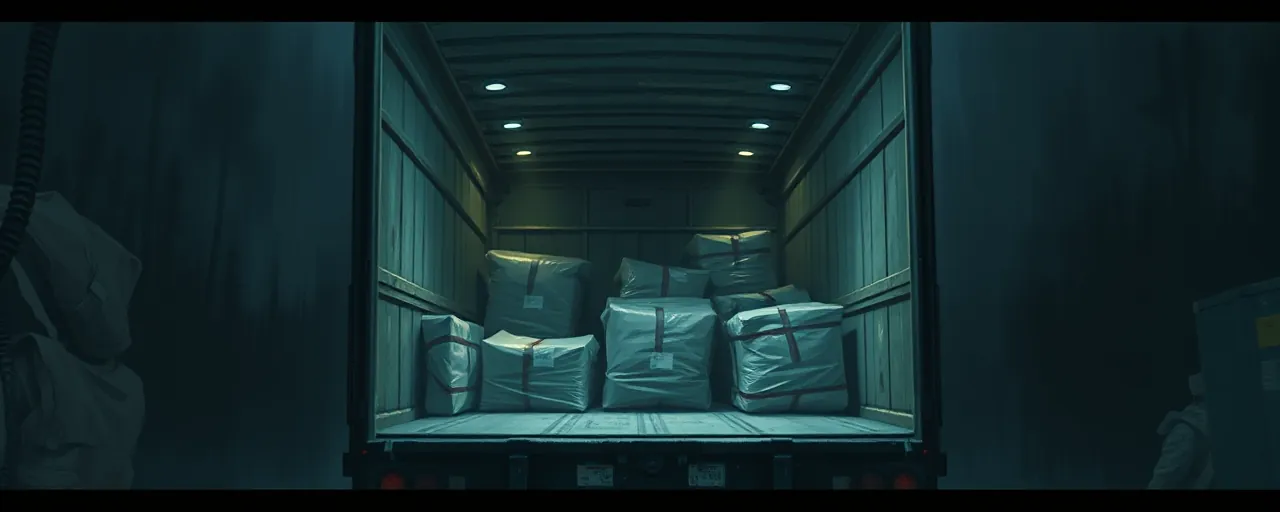A Border Under Pressure
Along the Rio Grande, where the U.S. and Mexico meet, Texas has doubled down on its border security efforts. Operation Lone Star, a state-led initiative, has become a focal point for addressing illegal immigration, drug smuggling, and gang activity. With federal agencies like Customs and Border Protection now closely aligned, the operation has reshaped the region’s landscape, from increased patrols to high-stakes arrests. The stakes are tangible, communities on both sides feel the ripple effects, and the numbers tell a story of intensity and complexity.
Launched several years ago, Operation Lone Star has tallied over 532,100 apprehensions of individuals crossing the border illegally and more than 52,400 criminal arrests, including 44,500 felony charges. Beyond these figures lies a broader challenge, fentanyl’s deadly spread, human smuggling’s persistence, and the rise of transnational gangs like Tren de Aragua. Texas authorities, working alongside federal partners, aim to curb these threats, but the effort raises questions about long-term impacts on border towns and the people caught in the crossfire.
Fentanyl’s Grip and the Fight to Break It
Fentanyl, a synthetic opioid far deadlier than heroin, has carved a grim path through American communities. Texas law enforcement, through joint operations with federal agencies, has seized over 668 million lethal doses since Operation Lone Star began, enough to devastate populations across multiple countries. In one recent case, a traffic stop in Laredo uncovered cocaine and black tar heroin worth over $205,000, hidden in a vehicle’s floorboard. These seizures highlight the scale of the crisis, yet they’re only part of the picture.
Nationwide, fentanyl seizures dropped 21% in 2024 compared to the prior year, with early 2025 data showing further declines. Public health measures, like wider access to naloxone, have helped cut overdose deaths by nearly a quarter since 2023. Still, border states like Texas and Arizona remain key battlegrounds, with cartels exploiting smuggling routes. Local hospitals and addiction centers feel the strain, while families mourn losses that statistics can’t fully capture. The push to intercept fentanyl at the border continues, but it’s a race against a relentless foe.
Targeting Transnational Gangs
Tren de Aragua, a Venezuelan gang born in a prison a decade ago, has emerged as a priority for Texas authorities. Recent operations led to the arrest of over 40 alleged members, part of a broader effort to dismantle the group’s growing influence in the U.S. The gang, tied to drug trafficking, extortion, and human smuggling, has spread from South America to states like New York and Florida. Texas has taken a hard line, with specialized strike teams and intelligence sharing to track and detain suspects.
Law enforcement’s response draws from a playbook refined over years of tackling organized crime. Past efforts against gangs like MS-13 showed that disrupting networks requires persistence and cross-border cooperation. Yet, targeting groups like Tren de Aragua risks escalating tensions in already strained communities, where fear of crime can blur into fear of profiling. Advocates for immigrant rights stress the need for precision to avoid harming innocent residents, while police emphasize public safety. Both perspectives underscore the delicate balance at play.
K-9s and Tech in the Trenches
On the ground, K-9 units have become indispensable. With 74 teams across Texas, these dogs sniff out narcotics, track fugitives, and locate people hiding in dense brush. One recent case saw a K-9 named Bona lead Border Patrol to four individuals concealed on a Webb County ranch. Beyond their skills, the dogs boost morale among handlers facing grueling conditions. Joint training, including medical care for the animals, ensures they stay sharp for missions that can turn chaotic in an instant.
Technology also plays a growing role. Night vision gear and surveillance drones help spot crossings in remote areas, while riverine patrols block routes along the Rio Grande. These tools have contributed to a sharp drop in illegal crossings, with February 2025 apprehensions down 71% from January. But tech isn’t a cure-all, human smuggling adapts quickly, and the border’s vastness tests even the best systems. For every success, there’s a reminder of the challenge’s scale.
Weighing the Costs and Gains
Operation Lone Star’s achievements are undeniable, fewer crossings, massive drug seizures, and disrupted gang networks. Yet, the effort comes with trade-offs. Border communities report economic strain from heightened security, with some businesses losing cross-border customers. Others argue the focus on enforcement overshadows root causes like economic disparity driving migration. Meanwhile, law enforcement faces burnout, and stories of smugglers cramming people into airless truck beds highlight the human toll of the status quo.
The path forward isn’t simple. Collaboration between Texas and federal agencies has tightened security, but it hasn’t erased the demand for smuggling or the desperation fueling it. Public health strides against fentanyl offer hope, yet the drug’s shadow lingers. As operations press on, the border remains a flashpoint where policy, humanity, and survival collide, leaving no easy answers for those living its reality every day.
